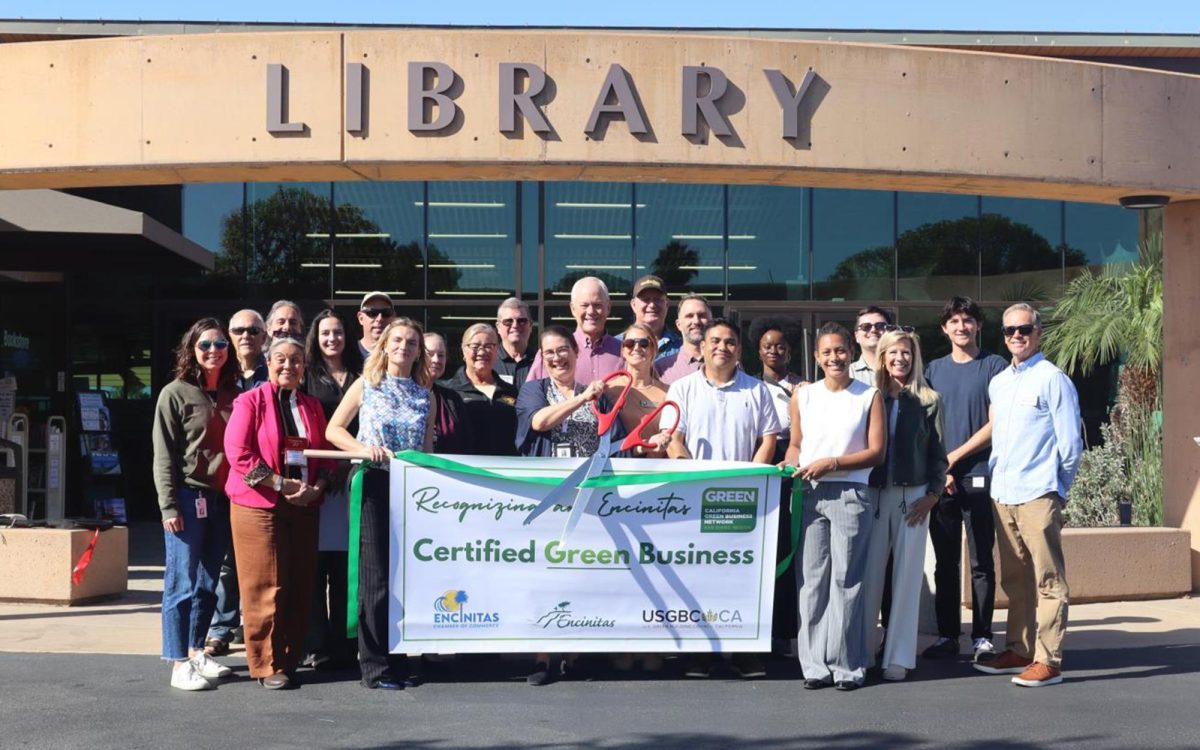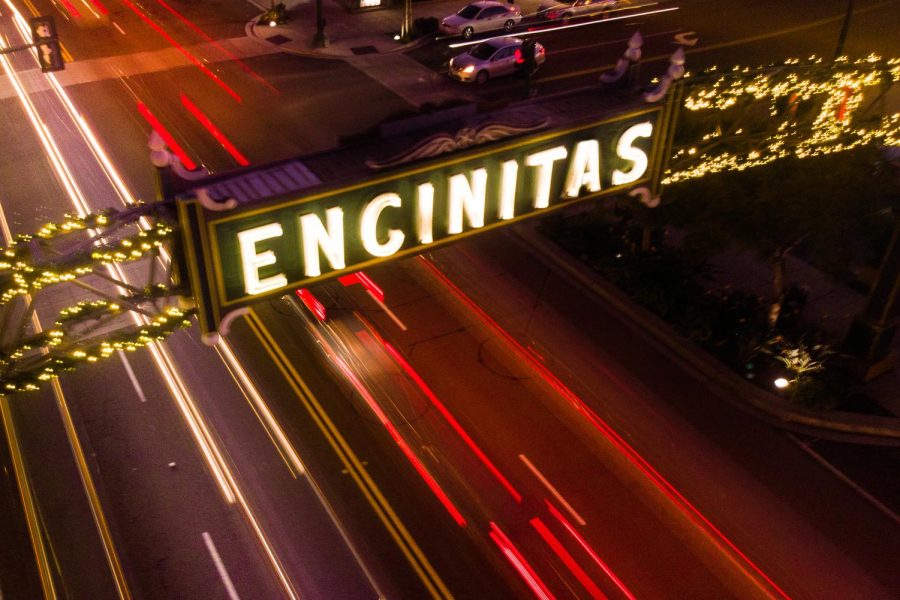Time’s almost up for Encinitas residents who want to share their thoughts on the city’s proposed Native Plant Ordinance.
The public comment period wraps up Tuesday, Nov. 18, giving locals just one more day to make their voices heard on regulations that could reshape how native vegetation is managed throughout the community.
Residents wanting to submit comments can email their thoughts directly to Sara Cadona, the city planner handling the project, at scadona[at]encinitasca.gov. Written comments can also be delivered in person at the Planning Division counter inside City Hall on South Vulcan Avenue.
But don’t worry if you miss tomorrow’s cutoff. This isn’t the last chance to participate. The city plans to hold additional public meetings down the road where people can continue weighing in on the proposal. Anyone interested in staying in the loop can sign up for email updates and notifications by visiting the city’s website and selecting Native Plant Ordinance from the topics list.
The city kicked off the review period on Oct. 21, giving residents a chance to dig into the draft ordinance and provide feedback. According to city officials, the proposed rules aim to protect and promote native plant species that are naturally suited to the coastal region’s climate and ecosystem.
The draft ordinance itself is posted on the city’s dedicated native plant project webpage, where anyone can read through the details and see exactly what’s being proposed.
Work on the ordinance has been underway for several years, with joint meetings held in 2022 and a formal Council resolution adopted in January 2023, when the City Council formed an ad-hoc subcommittee and met with key advisory groups including the Planning Commission and Urban Forest Advisory Committee. In early 2023, the council adopted a resolution formally kicking off the policy development process. On Oct. 23, 2024, the City Council approved an agreement with SWCA Environmental Consultants to craft the new rules after reviewing seven proposals.
The ordinance has several stated goals: promote resilience, restore habitat, boost pollinators, enhance natural open space and reduce water use.
Under the draft plan, developers of private, commercial and city-led projects would follow plant lists maintained by recognized authorities rather than building a new inventory. Required landscaping standards would tie into the city’s existing water-efficiency, stormwater and fire-management regulations.
Incentive programs would also be established to encourage property owners to convert non-native landscapes on residential and commercial sites.
Public outreach has included two workshops held earlier this year, along with a joint meeting of the Environmental Commission and the Urban Forest Advisory Committee on Nov. 4 to discuss initial recommendations.
Questions can be directed to Cadona at 760-633-2697.
This report was written using artificial intelligence, then edited and fact-checked against source material. View our AI policy on the About Us page.






